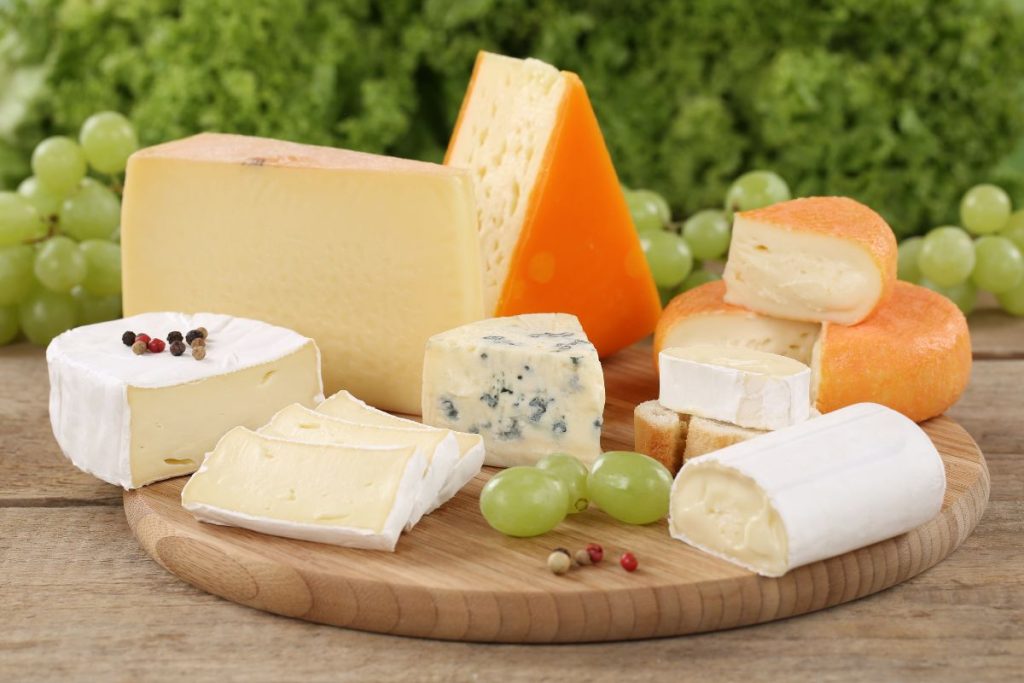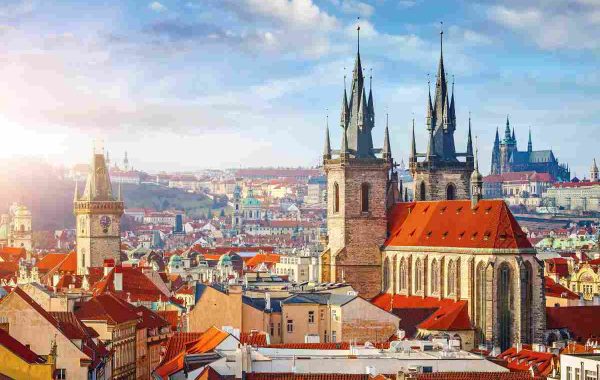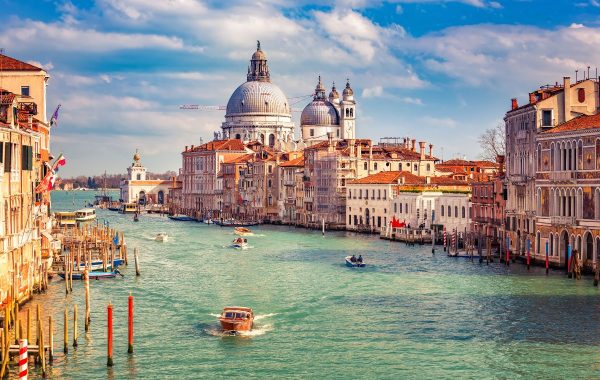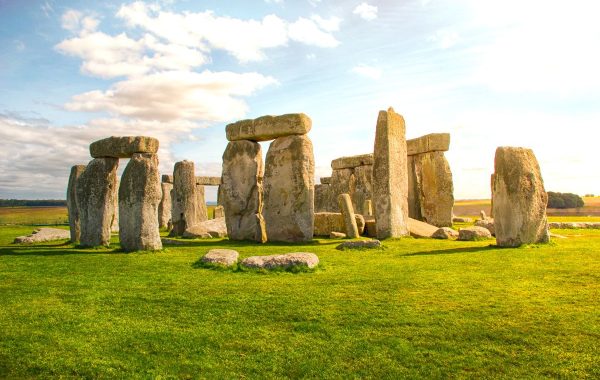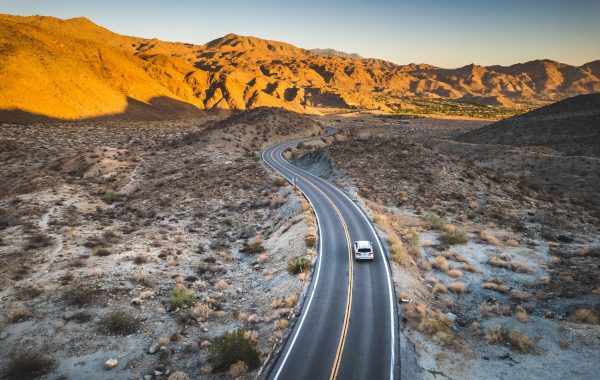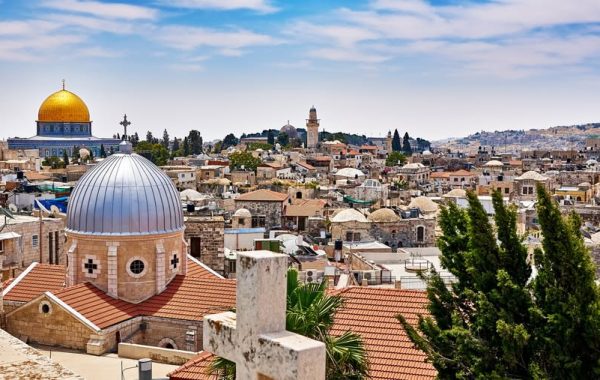Switzerland, often celebrated for its breathtaking landscapes, impeccable watches, and exquisite chocolates, also boasts a rich and varied cheese-making tradition. The country’s diverse topography and unique dairy practices have given rise to a plethora of cheeses, each with its distinctive flavor, texture, and story. Let’s embark on a culinary journey through Switzerland to discover some of its most iconic cheeses.
Switzerland has one cow for every five people, and enough milk to make over 450 varieties of cheese. Here’s a primer.
Appenzeller
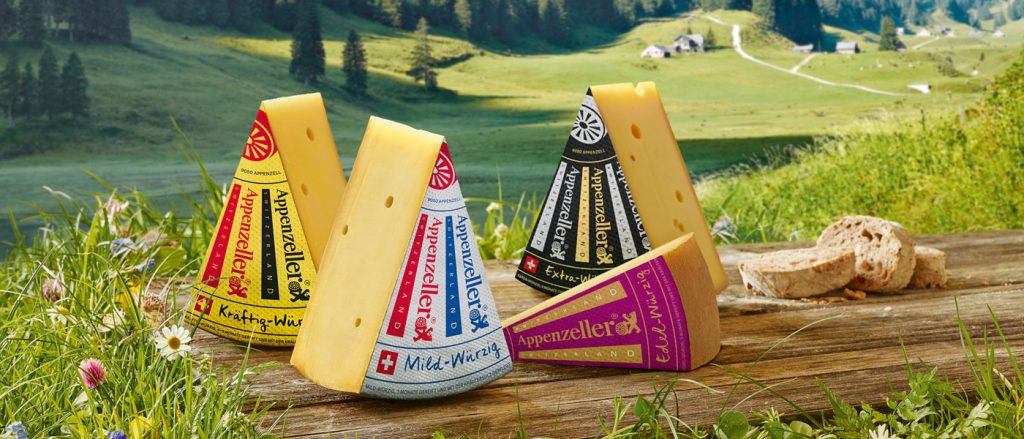
Type: semi hard
Flavour: strong, spicy, fruity, tangy
Shape, size, and colour: 10-inch wheels; 6.4- to 7.4-kilos; dense and creamy paste
Region: Appenzell
Appenzeller cheese, known for its strong, sweet, and salty flavor, has long been cherished as an Alpine delicacy. Historically, it was so valued that it was even used as a form of currency during the eighth and ninth centuries. This cheese is a washed-rind variety, and its robust aroma is derived from the herbal grasses the cows consume and the unique brine used to wash the cheese wheels. Each cheesemaker has a secret brine recipe, adding to the distinctiveness of Appenzeller. This cheese plays a crucial role in älplermagronen, a traditional Swiss dish that combines macaroni and cheese, topped with fried onions, and typically served with applesauce.
Also Read: The Ultimate Switzerland Travel Guide
Berner-Alpkäse
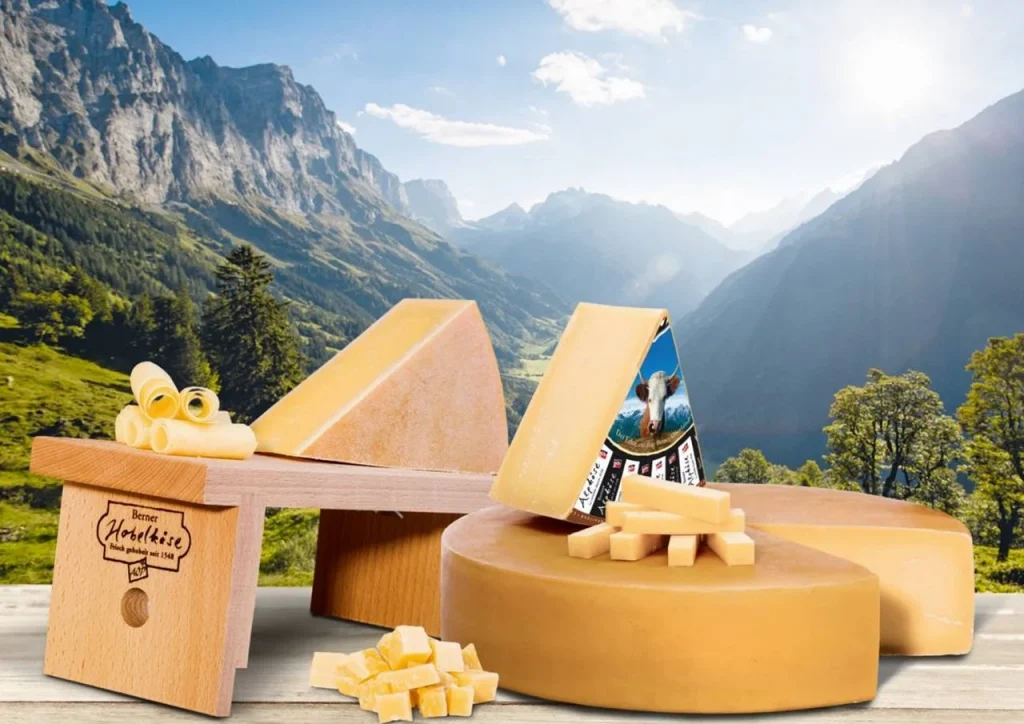
Type: hard
Flavour: mild, spicy
Shape, size, and colour: 6 – to 12-inch wheels; Up to 15-kilos; thick, oily rind; creamy paste with no eyes
Region: Bern
The distinct flavor of Alpine herbs in this spicy summer cheese comes from the cows’ carefully monitored diet. Each summer, the herds move to cooler, fresher pastures in the north. To qualify as suppliers for this cheese, the cows must graze on naturally fertilized pastures. Berner Alpkäse is made entirely by hand and typically cooked over a wood fire, resulting in slight variations in flavor from farm to farm due to differences in feed and production techniques. When aged for two years, this cheese transforms into the much harder Hobelkäse.
Tomme Vaudoise
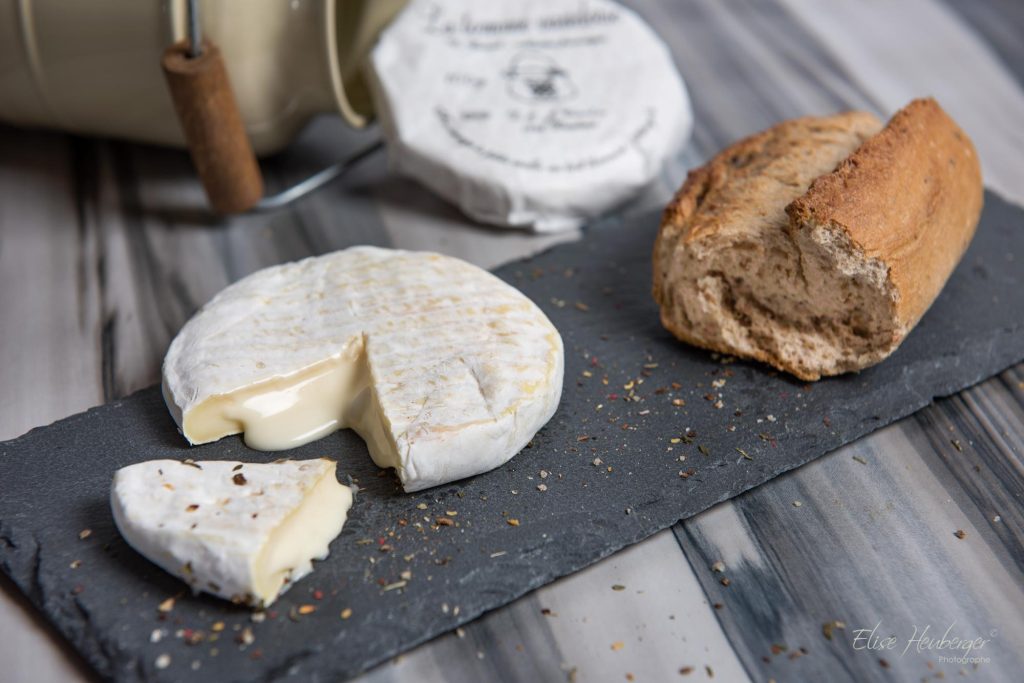
Type: soft
Flavour: sweet, lactic, fresh, grassy
Shape, size, and colour: 2- to 4-inch wheels; 76- to 125-grams; Smooth paste that becomes runny with maturation; thin rind Covered with white or red mould or bloom
Region: Vaud
Tomme Vaudoise is a versatile cheese that can be enjoyed raw or baked, thanks to its runny, spoonable texture. This young cheese is ready to eat after just one week of maturation, but as it ages up to eight weeks, its flavors become more pronounced and complex. Made from raw milk, Tomme Vaudoise captures the essence of the animal’s diet, ranging from hay in the winter to wildflowers in the summer. It is a beloved component of the assiette vaudoise, a regional platter featuring sausages, uncooked ham, pickled onions, and gherkins.
Check Out: In Photos | Switzerland Through 13 Magnificent UNESCO World Heritage Sites
Tête de Moine
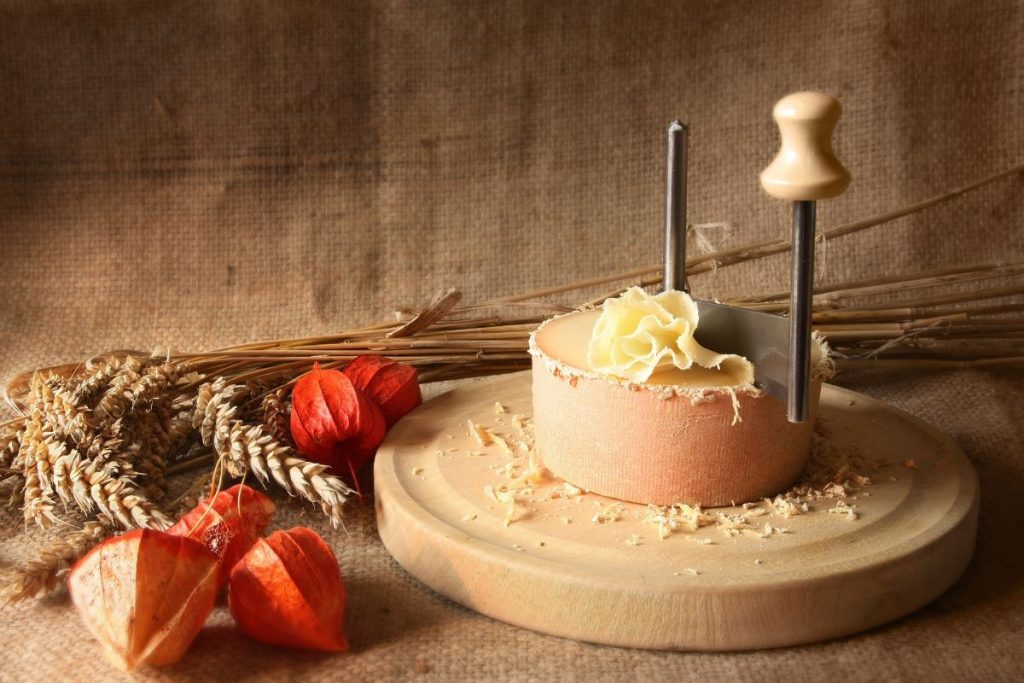
Type: semi hard
Flavour: sweet, nutty, stinky, beefy, smoky
Shape, size, and colour: 4 – to 6-inch wheels; 850-gram to 2.5-kilos; soft, smooth and dry
Region: Bernese Jura
Tête de Moine, known for its strong aroma, is traditionally served in delicate, shaved rosettes. Its name, which means “monk’s head,” originates from its creation by monks at the Bellelay Abbey. Presently, fewer than ten village dairies in the region produce this cheese. To release its full flavor, Tête de Moine is always thinly sliced, allowing it to interact with oxygen. This cheese is a versatile addition to salads, cheese boards, tarts, toast, pasta, and steak.
Raclette
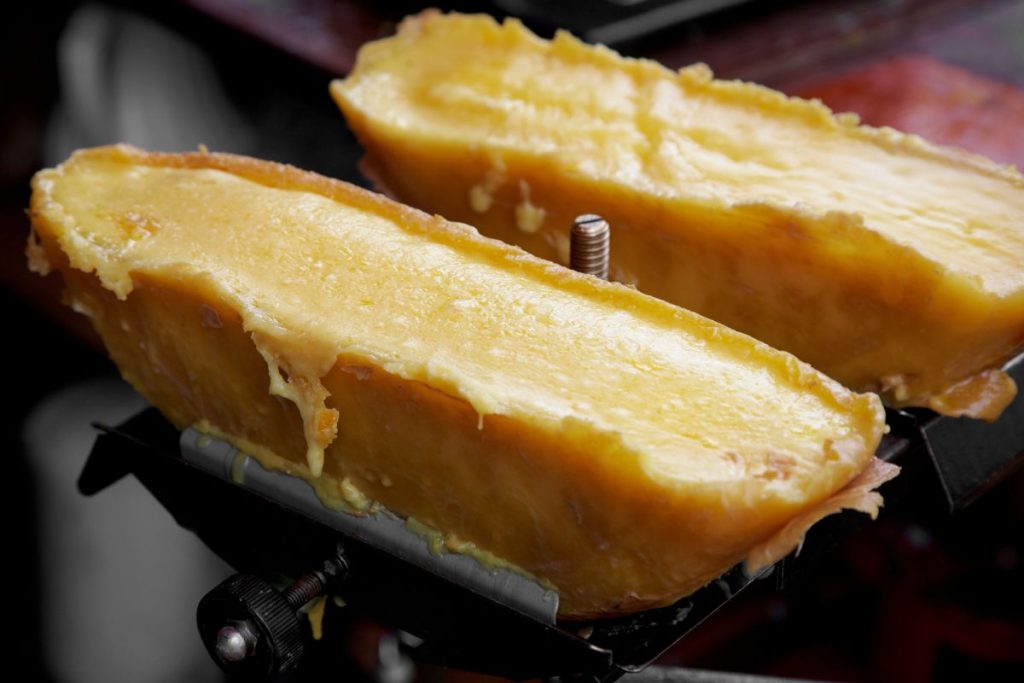
Type: semi firm
Flavour: nutty, slightly acidic, with a strong aroma
Shape, size, and colour: 10- to 12-inch wheels; about 5 to 8 kilos; thin orange-brown rind
Region: Valais
Raclette cheese has been enjoyed in the same traditional manner for centuries, giving rise to the dish also known as raclette, where melted cheese is scraped onto potatoes, pickled onions, and cured meats. The name raclette comes from the French verb “racler,” meaning “to scrape.” This method dates back to the 13th century when peasants and cowherds melted their cheese over an open campfire and scraped it onto plates or bread. Today, raclette grills and broilers allow us to recreate this timeless tradition at home or during elegant dinners. The cheese’s excellent meltability also makes it a delicious addition to grilled cheese sandwiches, quesadillas, and pizzas.
Vacherin Mont d’Or
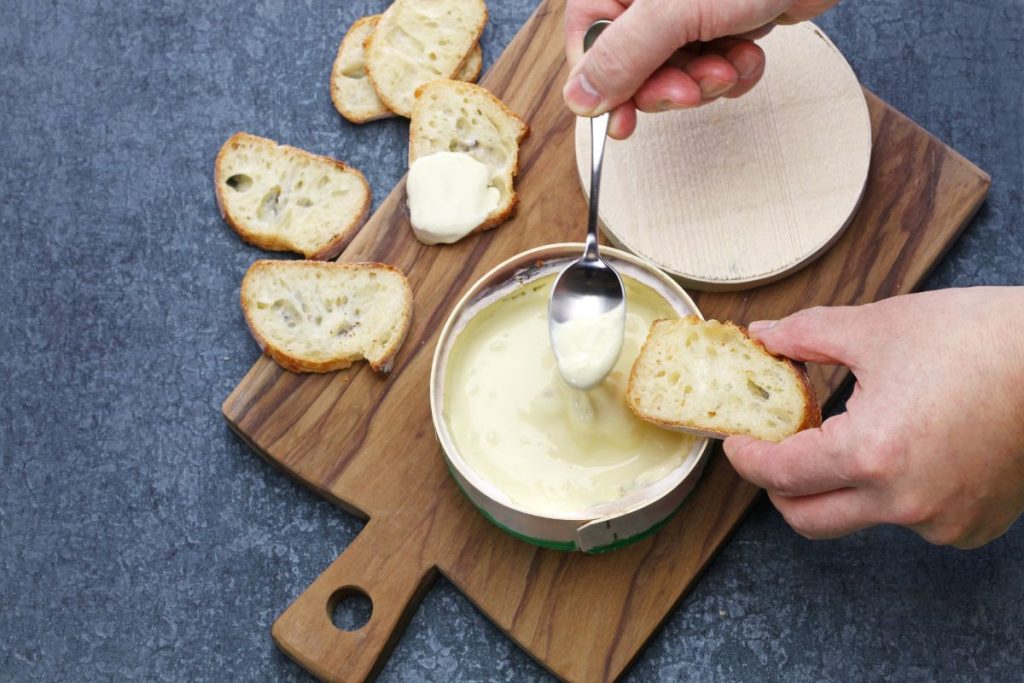
Type: soft
Flavour: buttery, sweet, grassy, funky
Shape, size, and colour: wheels of various sizes and weights; runny buttery paste; greyish yellow wavy rind that yields easily
Region: Jura
Vacherin Mont d’Or, made from winter milk, is a strictly seasonal cheese available from late September to April. It is traditionally sold in a spruce box, which helps control its runny texture and maintain its shape. The cheese is typically eaten directly from the box, scooped onto bread. For a more indulgent treat, it can be baked with white wine, garlic, pepper, and thyme, and enjoyed with fruit, cured meats, boiled potatoes, or crusty bread.
L’Etivaz
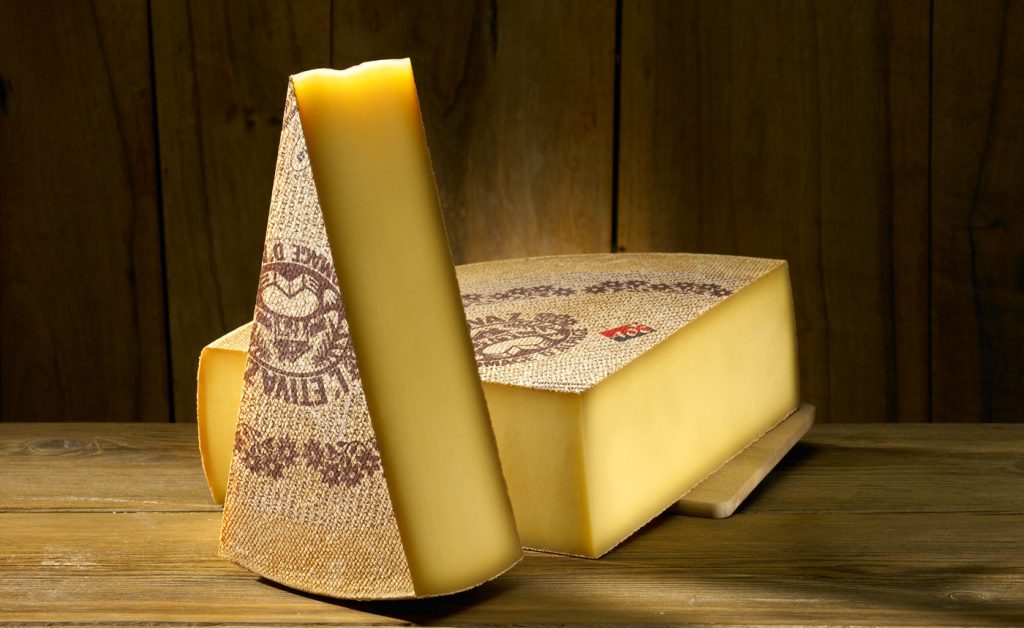
Type: hard
Flavour: smooth, fruity, nutty
Shape, size, and colour: 16 – to 26-inch wheels; 15 to 35 kilos; golden ivory sticky paste; the rind varies from amber to stone grey
Region: L’etivaz
In the 1930s, a group of cheesemakers in Gruyères formed their own cooperative, dissatisfied with the government’s regulations that they felt compromised the quality of Gruyère cheese. They began producing their own cheese, naming it after the nearby village of L’Etivaz. L’Etivaz is often compared to top-quality Gruyère in terms of taste and appearance, but it has a slightly gentler, creamier flavor. This highly aromatic, hard cheese is typically shaved into small rolls and served as the final course, accompanied by fresh and dried fruits and nuts.
For latest travel news and updates, food and drink journeys, restaurant features, and more, like us on Facebook or follow us on Instagram. Read more on Travel and Food Network
Trending on TFN
A Spanish Odyssey: Trafalgar’s Unparalleled Best of Spain Itinerary
Imperial Splendors: Trafalgar’s 10-Day Sojourn in Prague, Vienna, and Budapest


